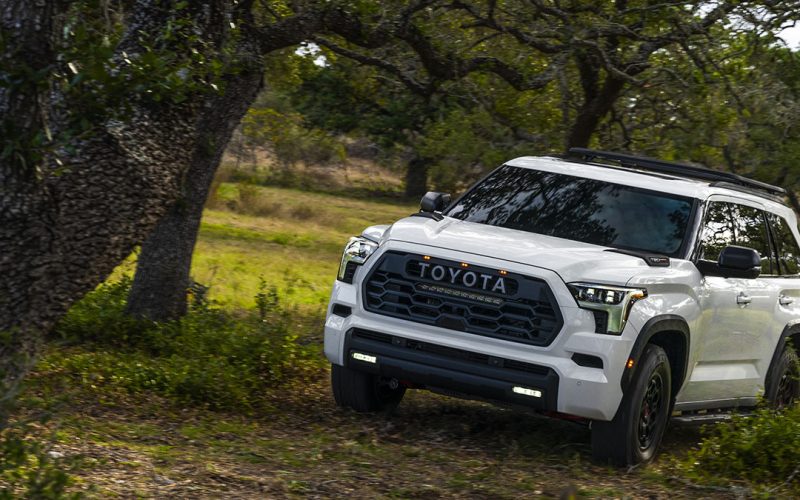
Reading Time: 9 minutesThink back to 2008. It’s not a year everyone will remember fondly, due to the housing
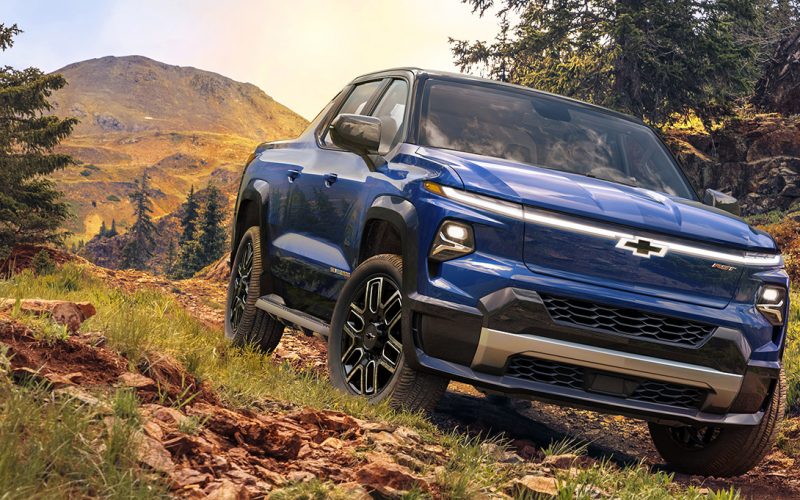
Reading Time: 7 minutesWith an estimated 200,000-plus F-150 Lightning orders in the books, Ford has clearly shown the market
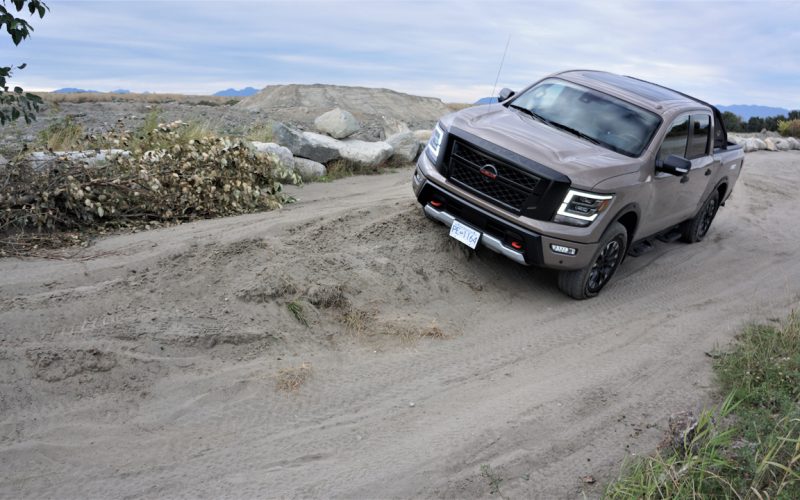
Reading Time: 9 minutesIt’s true, Nissan is walking away from the full-size pickup truck segment in Canada. The Titan
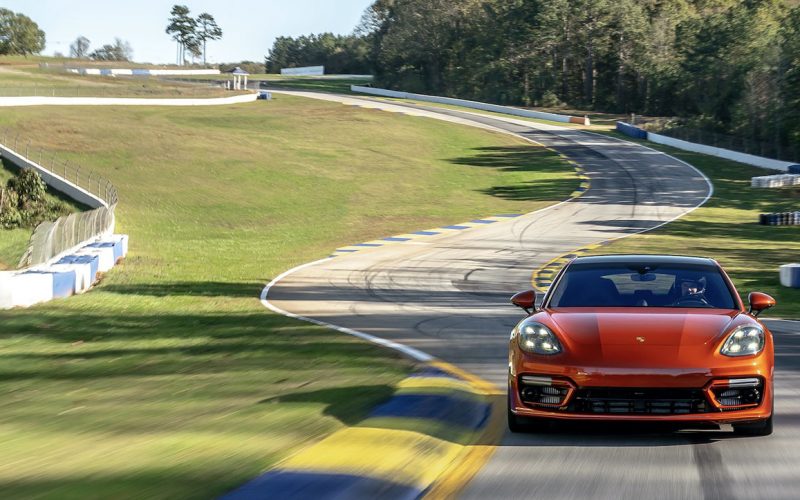
Reading Time: 3 minutesIf you’re in the belief that Porsche’s Panamera flagship is simply a low-slung luxury sedan, think
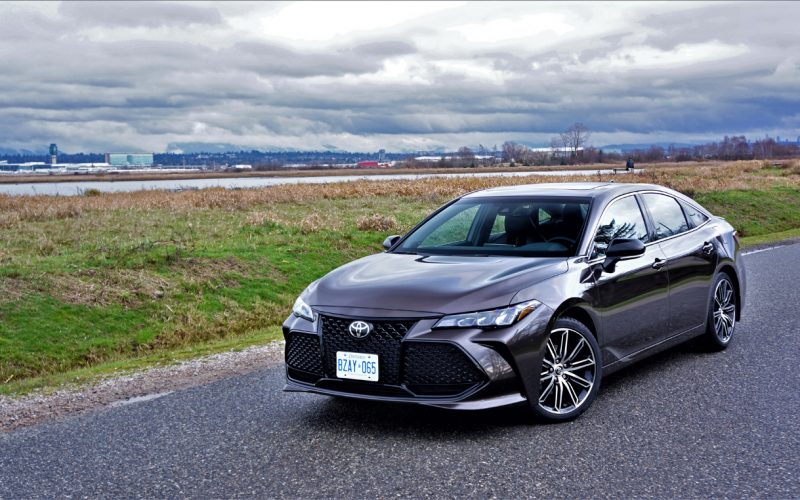
Reading Time: 11 minutesBeauty is truly in the eye of the beholder, and to many a luxury car buyer
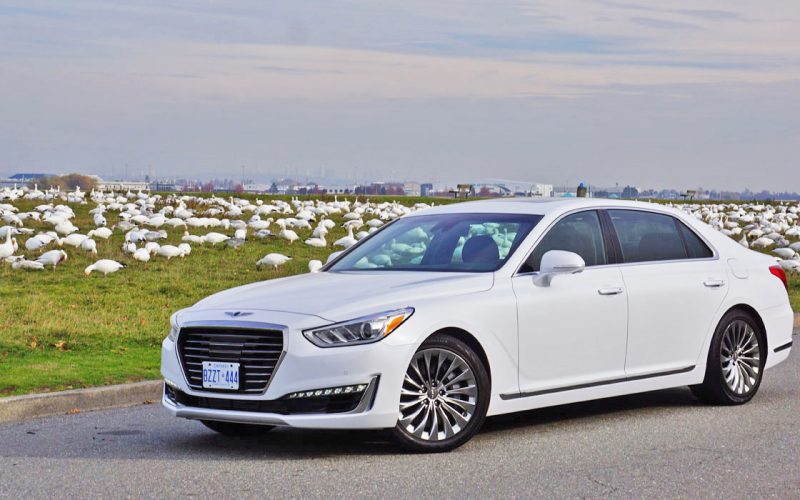
Reading Time: 11 minutesRemember the Hyundai Equus? No? If I hadn’t borrowed one from a local dealer to use
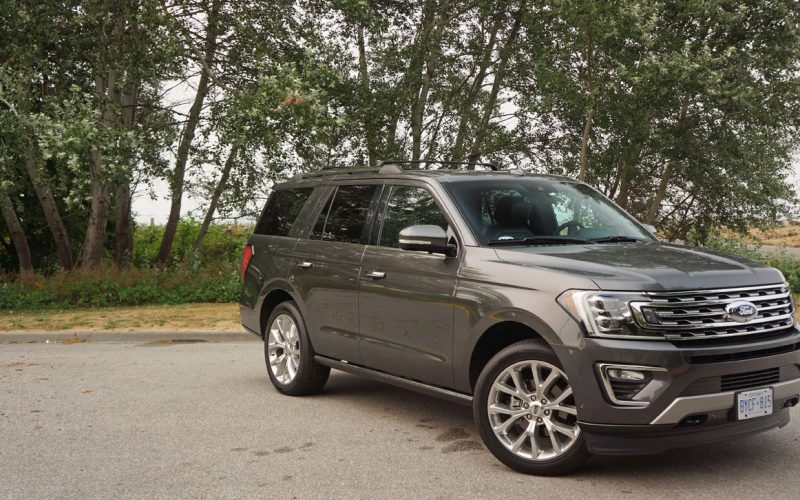
Reading Time: 21 minutesTo say that Ford leads SUV sales in this country is almost as big an understatement
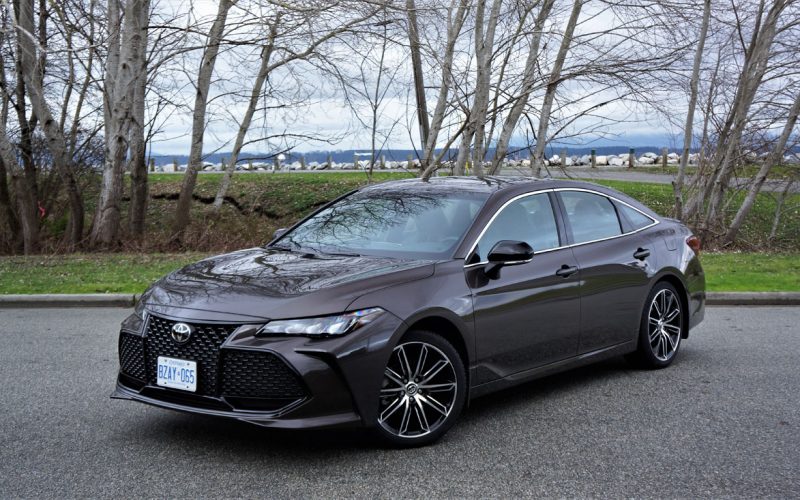
Reading Time: 9 minutesLovers of big full-size four-door cars aught to be giving Toyota a collective slap on the
© 2025 The Car Magazine. All Rights Reserved, Privacy Policy | Terms of Use